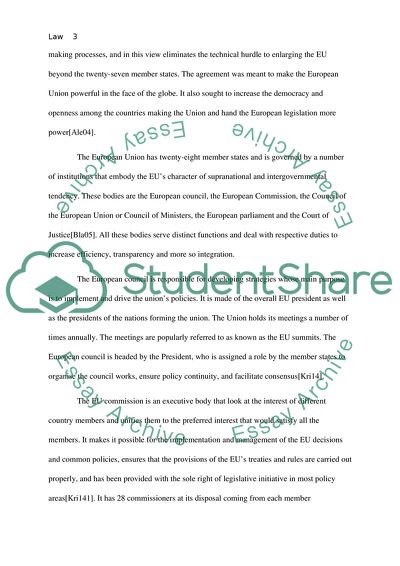Cite this document
(EU Institutions and the Process of European Integration Coursework, n.d.)
EU Institutions and the Process of European Integration Coursework. https://studentshare.org/law/1836640-which-of-the-eceus-institutions-has-played-the-most-effective-role-in-pushing-forward-the-process-of-european-integration
EU Institutions and the Process of European Integration Coursework. https://studentshare.org/law/1836640-which-of-the-eceus-institutions-has-played-the-most-effective-role-in-pushing-forward-the-process-of-european-integration
(EU Institutions and the Process of European Integration Coursework)
EU Institutions and the Process of European Integration Coursework. https://studentshare.org/law/1836640-which-of-the-eceus-institutions-has-played-the-most-effective-role-in-pushing-forward-the-process-of-european-integration.
EU Institutions and the Process of European Integration Coursework. https://studentshare.org/law/1836640-which-of-the-eceus-institutions-has-played-the-most-effective-role-in-pushing-forward-the-process-of-european-integration.
“EU Institutions and the Process of European Integration Coursework”. https://studentshare.org/law/1836640-which-of-the-eceus-institutions-has-played-the-most-effective-role-in-pushing-forward-the-process-of-european-integration.


